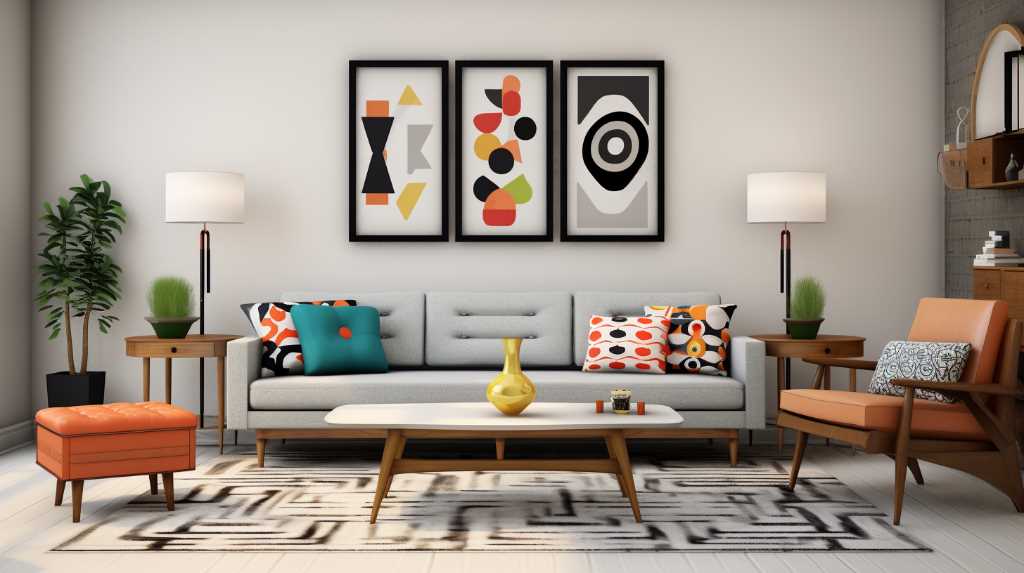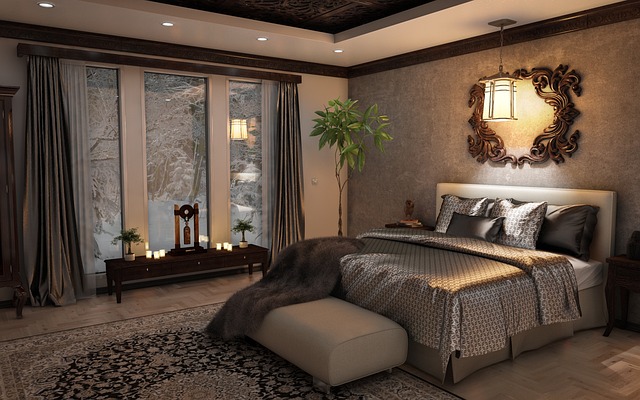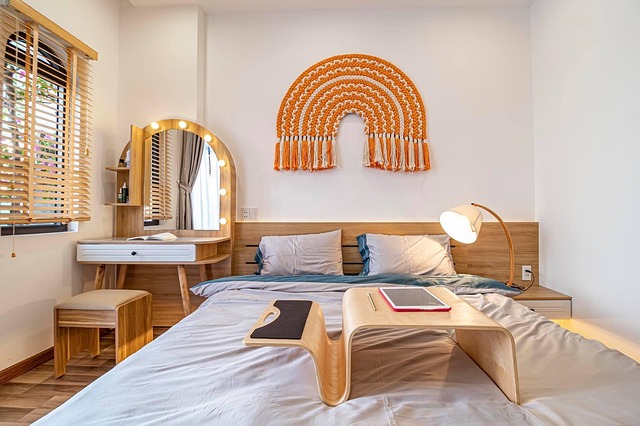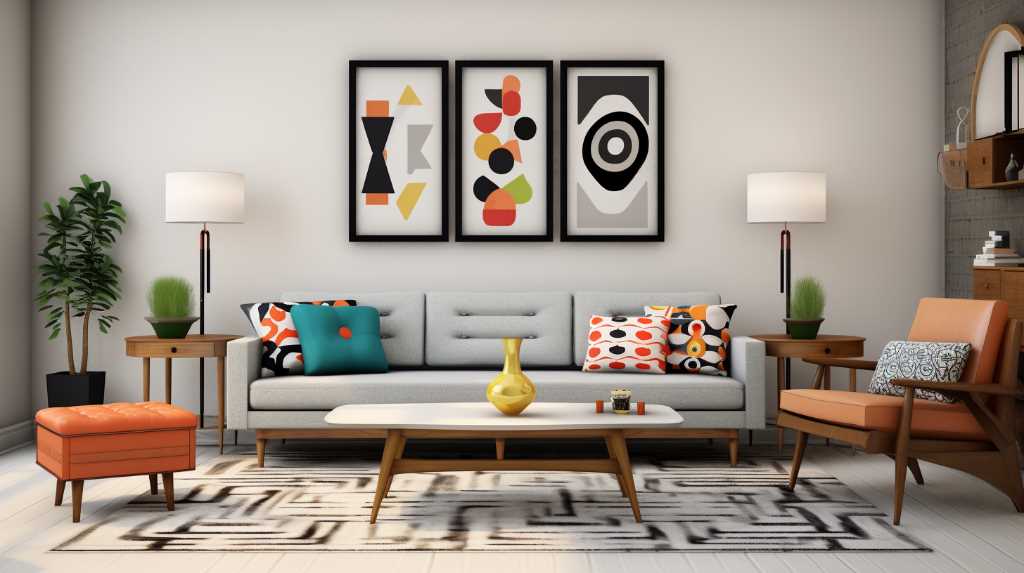Modern Design Vs. Contemporary Design: Unraveling the Distinctions

In the world of design, modern and contemporary styles often get confused, despite their distinct characteristics and origins. Modern design emerged in the late 19th to mid-20th century, prioritizing simplicity and functionality through the use of materials like glass, steel, and wood.
On the other hand, contemporary design encompasses a range of styles and influences, constantly evolving with the design world. In this article, we will explore the distinctions between these two styles, as well as the ever-evolving nature of contemporary design.
Key Takeaways
- Modern design emerged during the late 19th to mid-20th century and focused on minimalism and sleek lines.
- Contemporary design refers to what is currently happening in the design world and is constantly evolving.
- Both modern and contemporary design incorporate clean lines and minimalism.
- Modern design is specific to a historical period, while contemporary design does not have a specific time frame.
Origins and Characteristics of Modern Design
One of the key characteristics of modern design is the emphasis on minimalism, which is evident in the sleek and clean lines of furniture and architecture during the late 19th to mid-20th century. Modern design emerged as a departure from traditionalism and embraced new ideas in religion, philosophy, and the arts. It rejected excessive ornamentation and focused on simplicity, form, and function.
Common materials used in modern design include glass, steel, and wood. Modern design created uncluttered, open, and well-organized spaces. It represented a shift towards a more contemporary and forward-thinking approach to design. The influence of modern design can still be seen in many aspects of contemporary design today.
Understanding Contemporary Design
We must strive to understand contemporary design as it is a constantly evolving field that encompasses a broad range of styles and influences, shaping the present and future of the design industry. Contemporary design refers to what is currently happening in the world of design and is dynamic in nature. Unlike modern design, contemporary design does not pertain to a specific time period. It is characterized by clean lines and minimalism, similar to modern design, but also incorporates a wider range of styles and influences.
Contemporary design is constantly moving forward and can be challenging to define due to its ever-evolving nature. It blends various styles and influences, embracing both clean lines and obscure character. Understanding contemporary design is essential for designers and professionals in the industry to stay up-to-date and create innovative and relevant designs.
The Ever-Evolving Nature of Contemporary Design
The article section explores the ever-evolving nature of contemporary design and the challenges in defining it due to its constant evolution. Unlike modern design, which refers to a specific historical period, contemporary design encompasses a broader range of styles and influences.
It is dynamic and continuously moving forward, making it difficult to pinpoint specific characteristics. Contemporary design blends various styles, embracing both clean lines and obscure character. It is less specific compared to modern design, which emphasizes balance, function, and minimalism. The constant evolution of contemporary design allows for the incorporation of new ideas and trends, making it a reflection of the current times.
Despite the challenges in defining it, contemporary design remains a vital and influential force in the world of design, shaping the way we live and interact with our surroundings.

Differentiating Modern and Updated Design
While modern design refers to a specific historical period, differentiating it from updated design is crucial in understanding how the latter refreshes a space while preserving its original essence. Modern design emerged during the late 19th to mid-20th century, representing a departure from traditionalism and embracing new ideas in religion, philosophy, and the arts. It rejected excessive ornamentation and emphasized minimalism, sleek lines, and form and function.
On the other hand, updated design works within the existing style of a space, refreshing it while maintaining its original essence. Updated design is not confined to a specific time period and allows for more flexibility and creativity.
Key Points: Emphasizing Balance, Function, and Minimalism
In contemporary design, the emphasis on balance, function, and minimalism allows for the creation of aesthetically pleasing and functional spaces. Contemporary designers strive to achieve a harmonious balance between different elements in a space, such as color, texture, and proportion. By carefully considering the function of each space, designers can ensure that it serves its purpose efficiently and effectively.
Furthermore, minimalism plays a crucial role in contemporary design, as it promotes simplicity and clarity. It involves removing unnecessary clutter and focusing on essential elements, resulting in clean and uncluttered spaces. The combination of these principles in contemporary design not only creates visually appealing environments but also enhances the overall functionality and usability of the space.
Key Points: Constant Evolution and Broad Range of Styles and Influences
Contemporary design, with its constant evolution and broad range of styles and influences, reflects the ever-changing landscape of the design industry. Unlike modern design, which is specific to a historical period, contemporary design is dynamic and continuously evolving. It encompasses a broader range of styles and influences, making it less specific and more adaptable to the current trends and needs of society.
Contemporary design incorporates clean lines and minimalism, similar to modern design, but it also embraces a mix of various styles and influences, allowing for a more eclectic and personalized approach. With the ever-evolving nature of contemporary design, defining it becomes challenging, as it blends both clean lines and obscure character, creating spaces that are unique and reflective of the current times.
Frequently Asked Questions
What Are Some Common Materials Used in Modern Design?
Some common materials used in modern design include glass, steel, and wood. Modern design focuses on sleek and clean lines, form and function, simplicity, and minimalism, creating uncluttered and well-organized spaces.
How Does Contemporary Design Differ From Modern Design?
Contemporary design differs from modern design through its constant evolution and broader range of styles and influences. While both emphasize clean lines and minimalism, modern design is specific to a historical period, while contemporary design is not.
Can Contemporary Design Be Considered a Specific Time Period?
Contemporary design cannot be considered a specific time period as it is constantly evolving and encompasses a broader range of styles and influences. It is characterized by clean lines and minimalism, similar to modern design.
How Does Updated Design Refresh a Space While Maintaining Its Original Essence?
Updated design refreshes a space while preserving its original essence by incorporating new elements that enhance functionality, aesthetics, and current trends. It respects the existing style, materials, and layout, while infusing modern features to create a harmonious blend of old and new.

What Are the Key Points of Modern Design and Contemporary Design?
Modern design emphasizes balance, function, and minimalism, while contemporary design is constantly evolving and encompasses a broader range of styles. Both incorporate clean lines and minimalism, but modern design is specific to a historical period, while contemporary design does not have a specific time frame.
Conclusion
In conclusion, modern design and contemporary design may share some similarities, such as clean lines and minimalism, but they have distinct origins and characteristics. Modern design emerged in the late 19th to mid-20th century, embracing simplicity and functionality. This style was influenced by the industrial revolution and the development of new materials and technologies. Modern design prioritizes clean lines, geometric shapes, and the absence of ornamentation. It aims to create spaces that are efficient, practical, and timeless.
On the other hand, contemporary design encompasses a broader range of styles and influences and is constantly evolving. It incorporates elements from various periods and cultures, as well as current trends and innovations. Contemporary design is characterized by its flexibility and eclecticism, allowing for more personal expression and experimentation. It embraces a mix of materials, textures, colors, and forms to create unique and dynamic spaces.
Understanding the differences between these two styles is essential in creating well-designed and updated spaces. It helps to guide the choice of furniture, materials, and accessories, as well as the overall layout and composition of a space. By understanding the origins and characteristics of modern and contemporary design, designers and homeowners can make informed decisions that result in cohesive and visually pleasing spaces.

